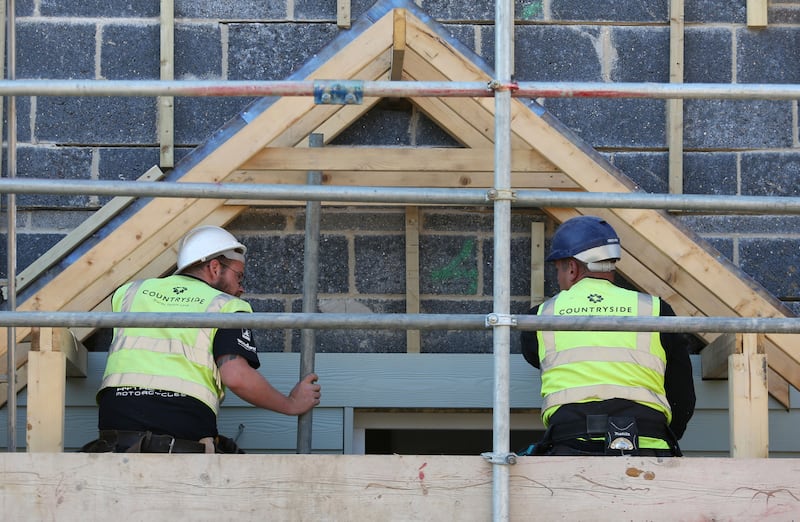Irish houses are not overvalued despite prices rising by 85 per cent since 2013, a report by the Economic and Social Research Institute (ESRI) has concluded.
The study examined the sustainability of housing markets in each county by looking at rent and price increases over an extended period. It concluded that these markets are not experiencing unsustainable levels of price growth or that the market as a whole is “out of sync with fundamentals” such as employment, wage growth and household spending.
Property prices nationally have increased by 85.2 per cent since the low point of the crash in early 2013, while prices in Dublin have risen 95 per cent from their February 2012 low.
This has invited comparisons with the Celtic Tiger era where a credit-fuelled boom pushed prices here out of line with economic fundamentals.
"The severity of the economic crisis in Ireland was extreme by international standards and highly correlated to the major price inflation for both rents and house prices during the boom phase of the credit cycle, 2002-2007," the ESRI's report said.
House prices in Dublin are now more than nine times the average salary, a level not seen since the height of the boom
It concluded that the rapid bounce back in prices since the crash, while sharp, is not out of kilter with the other economic indicators, particularly those in the labour market, and is therefore not unsustainable.

“While house prices across Ireland appear to be well explained by economic fundamentals such as labour market developments, affordability continues to be a challenge,” lead researcher Conor O’Toole said.
Nine times
House prices in Dublin are now more than nine times the average salary, a level not seen since the height of the boom.
The ESRI study considered the sustainability of State’s housing market on a county-by-county basis by looking at rent-to-house price ratios.
When rent and prices do not keep pace with each other, it can point to instability in the market and/or the prospect of a housing bubble.
The ratio was highest in Offaly and lowest in Kilkenny but all counties, including Dublin and the city’s so-called commuter belt counties, fell within the stable zone in terms of price sustainability.
Mr O’Toole said the rapid increase in rents in recent years combined with the moderation in house price growth would not change the findings.
Affordability pressures
The think tank published a separate study, examining housing affordability for potential first-time buyers at the county level. It compared the percentage of monthly income that would be spent on mortgage repayments by the average buyer in each county.
The findings suggest that, in 2018, potential first-time buyers would spend more than 30 per cent of their income every month in Dublin, Wicklow, Kildare and Meath highlighting what it said was "the greater affordability pressures in and around the capital city".
Conversely first-time buyers in Leitrim, Longford, Mayo, Cavan, Donegal, Roscommon, Sligo and Tipperary would typically spend less than 20 per cent.
“Our research suggests that affordability challenges for first-time buyers are concentrated in urban markets, in particular around Dublin,” he said, affordability pressures are not as evident in other counties, it said.










